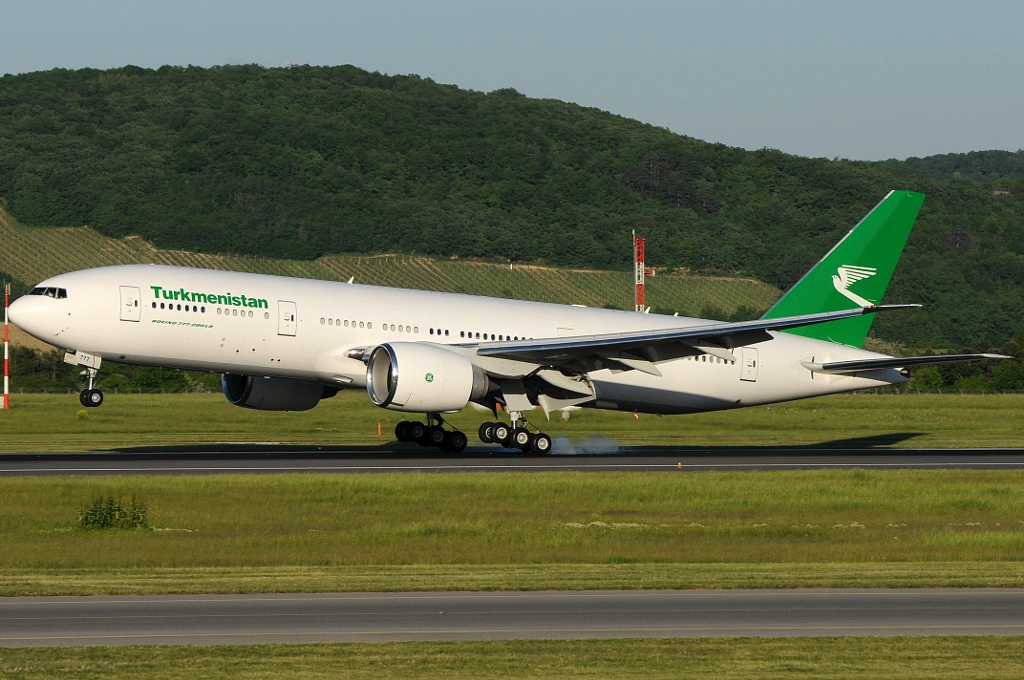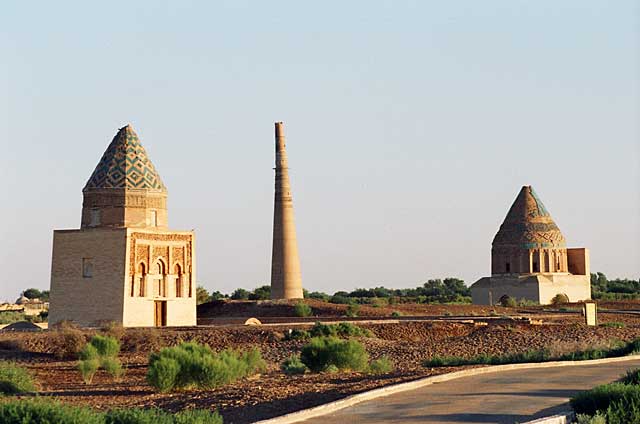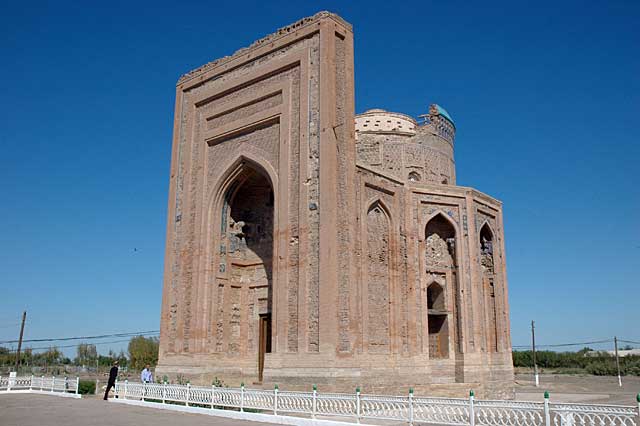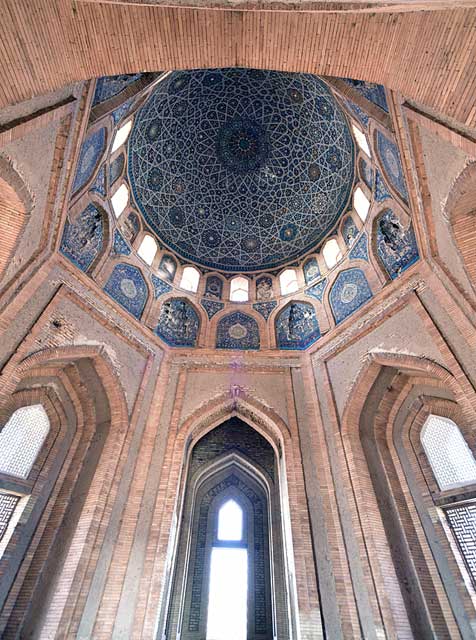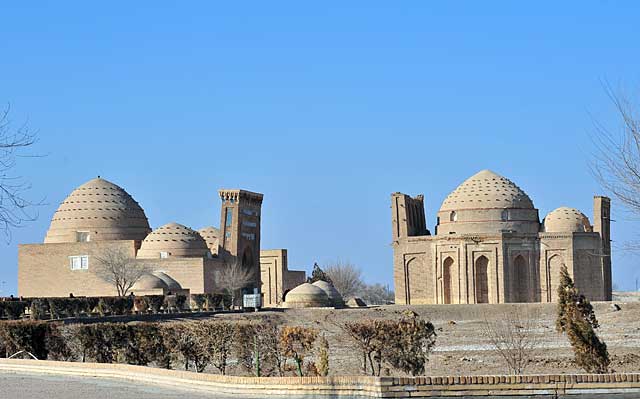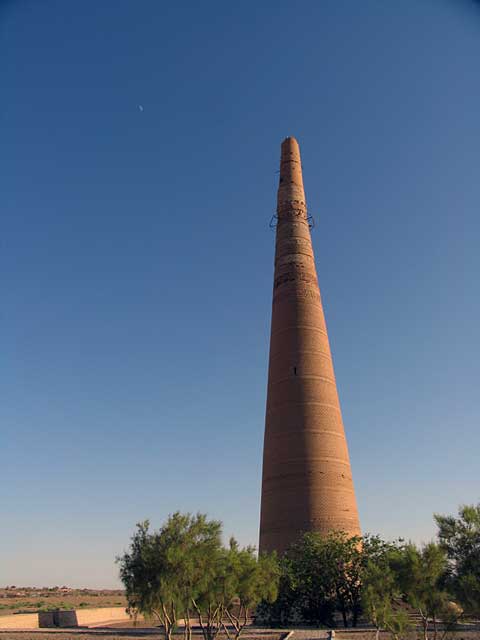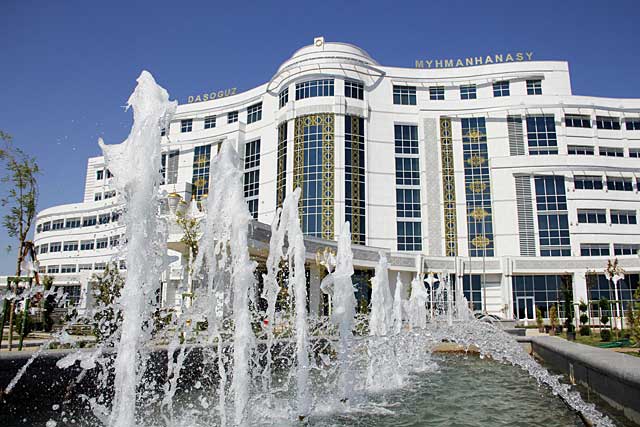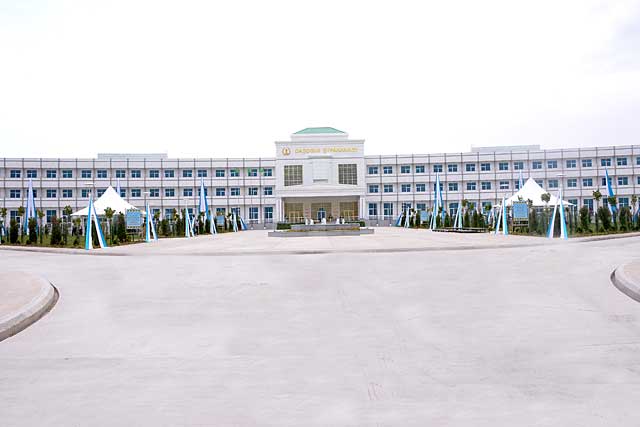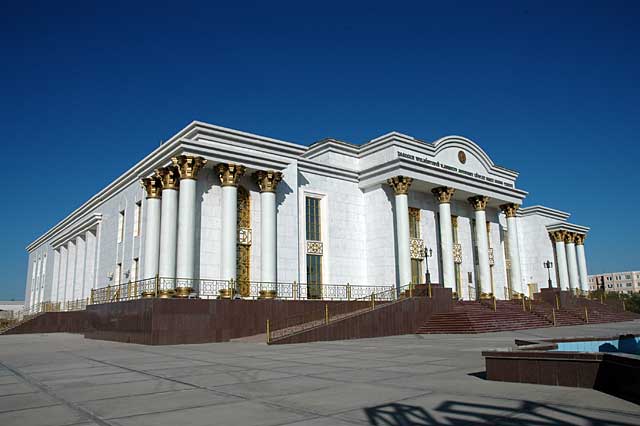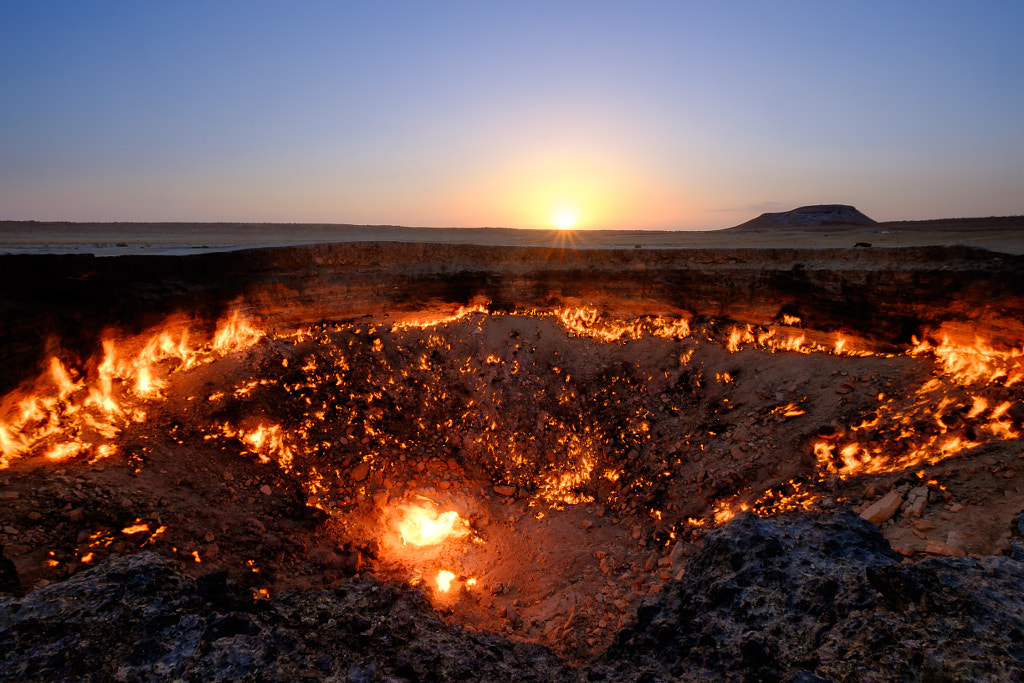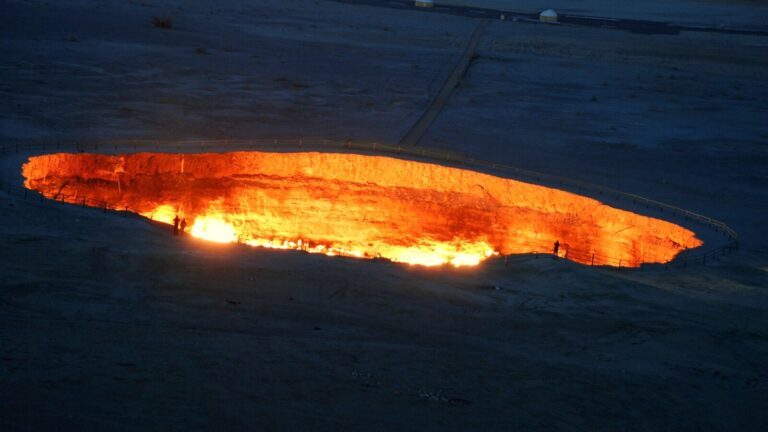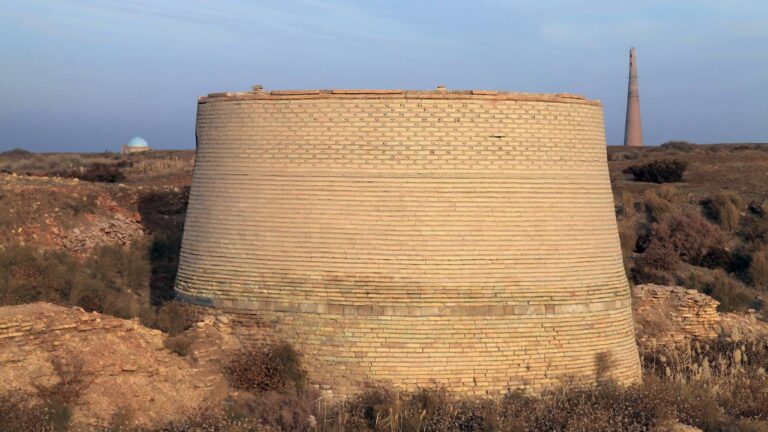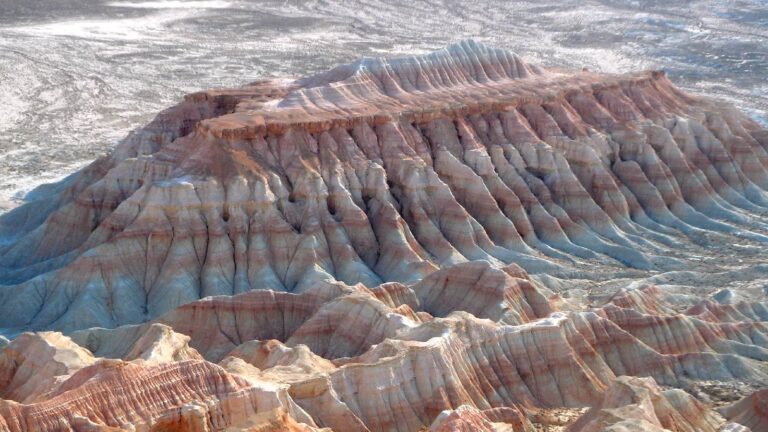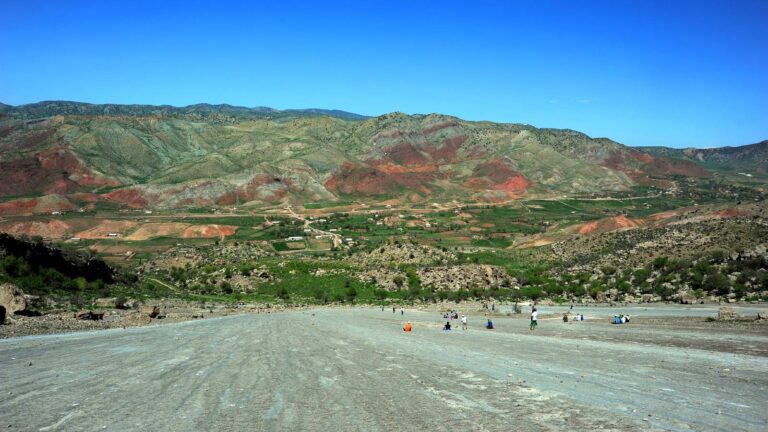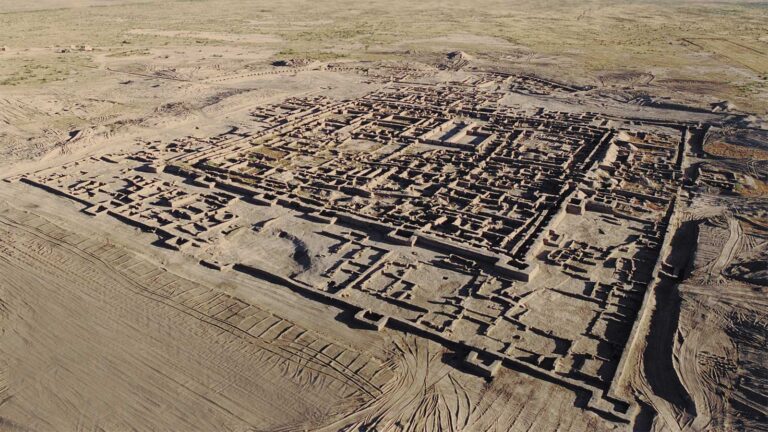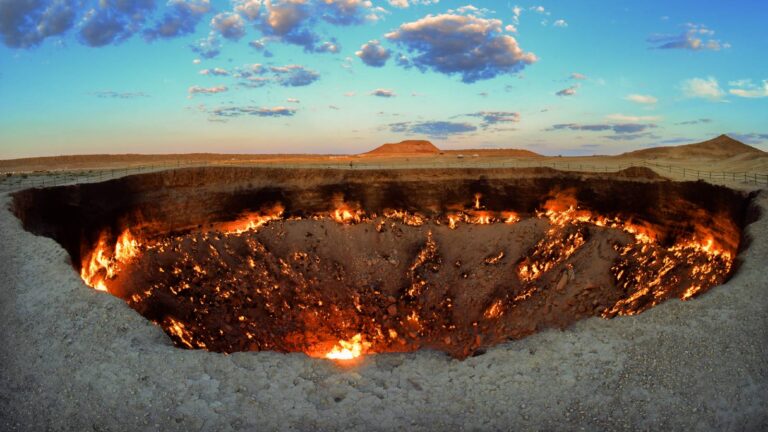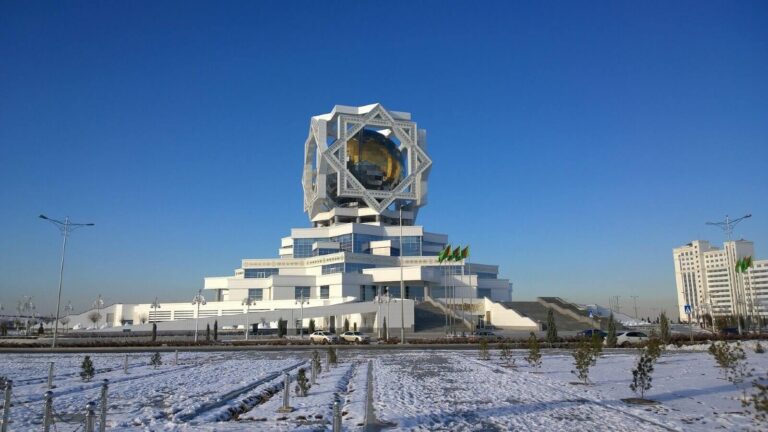The Dashoguz region offers a range of experiences for travellers. In the main city of Dashoguz, you can explore the bustling bazaars and enjoy the local cuisine. The nearby ancient city of Konye-Urgench is a must-visit landmark, with its well-preserved architectural wonders and mausoleums, like the Kutlug Timur Minaret and the Turabek Khanum Mausoleum.
The Dashoguz region has been inhabited since ancient times. It was part of the Khwarezmian Empire, which flourished as a center of trade and culture along the Silk Road. Konye-Urgench reached its peak during the rule of the Khwarezmian Empire in the 12th and 13th centuries. It became the capital city and a center of culture, religion, and commerce.
In the early 13th century, Konye-Urgench faced devastation when it was invaded by the Mongol armies led by Genghis Khan. The city was largely destroyed, and its population was decimated. In the 14th and 15th centuries, Konye-Urgench experienced a brief revival under the Timurid dynasty. The city was reconstructed, and some of the monuments were restored. However, it never regained its former glory and gradually declined in significance.
The region is characterised by flat, open landscapes with arable soils. The Amu Darya River flows along the southern border, providing water resources for irrigation.
In terms of climate, the Dashoguz region experiences a continental desert climate with hot summers and cold winters. Summers are long and extremely hot, with temperatures reaching well above 40 degrees Celsius (104 degrees Fahrenheit). Winters are cold, with temperatures dropping below freezing, and occasional snowfall.
The region is also prone to strong winds, particularly during the spring and summer seasons. These winds, known as “shamals,” can cause sandstorms and reduce visibility in the area.
Apart from cotton, the region also produces a variety of agricultural products. Melons are a specialty. Livestock farming, particularly sheep and cattle, is another important sector of the local economy.
The region also has natural gas reserves.

